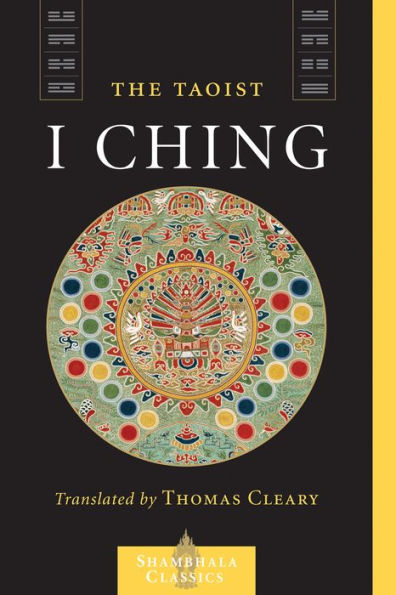

eBook
Related collections and offers
Overview
This first part of the present volume is the text of the I Ching proper—the sixty-four hexagrams plus sayings on the hexagrams and their lines—with the commentary composed by Liu I-ming, a Taoist adept, in 1796. The second part is Liu I-ming's commentary on the two sections added to the I Ching by earlier commentators, believed to be members of the original Confucian school; these two sections are known as the Overall Images and the Mixed Hexagrams. In total, the book illuminates the Taoist inner teachings as practiced in the School of Complete Reality.
Well versed in Buddhism and Confucianism as well as Taoism, Liu I-ming intended his work to be read as a guide to comprehensive self-realization while living an ordinary life in the world. In his attempt to lift the veil of mystery from the esoteric language of the I Ching , he employs the terminology of psychology, sociology, history, myth, and religion. This commentary on the I Ching stands as a major contribution to the elucidation of Chinese spiritual genius.

Product Details
| ISBN-13: | 9780834825482 |
|---|---|
| Publisher: | Shambhala |
| Publication date: | 05/03/2005 |
| Sold by: | Penguin Random House Publisher Services |
| Format: | eBook |
| Pages: | 352 |
| File size: | 925 KB |
About the Author
Thomas Cleary holds a PhD in East Asian Languages and Civilizations from Harvard University and a JD from the University of California, Berkeley, Boalt Hall School of Law. He is the translator of over fifty volumes of Buddhist, Taoist, Confucian, and Islamic texts from Sanskrit, Chinese, Japanese, Pali, and Arabic. A resident of Oakland, California, he passed away in June 2021.
Read an Excerpt
Foreword
This volume presents an explanation of the classic
I
Ching
based on the teachings of the Complete Reality school of Taoism, in particular that stream of the Complete Reality school known as the Clear Serene branch.
Taoism,
an ancient mystic teaching intimately associated with the development of proto-Chinese civilization, is believed to have inherited and transmitted the original body of knowledge from which derived the technological, medical,
psychological, and mystical arts and sciences of Chinese culture.
In time there evolved numerous specializations within Taoism, and over the course of millennia there was a scattering of the original knowledge among dozens of schools with thousands of techniques. The Complete Reality School, which arose during the Sung Dynasty (tenth–thirteenth century CE), purported to restore the central teachings of Taoism relating to elevation of consciousness.
Complete
Reality Taoism emphasized the harmonious development of the physical, social,
and spiritual elements of human life. It was a rigorous school, known for its constructive involvement in the ordinary world as well as for its production of mystics of high attainment.
Both monastic and lay forms of Complete Reality Taoism arose during the Middle Ages,
both playing an important role in Chinese society during times of severe crisis. Eventually the monastic forms absorbed alien elements, and naturally became subject to the political and economic pressures that affect any visible organization.
Complete
Reality Taoism is alive in the present without religious associations. Its practitioners are largely members of ordinary society, from many walks of life,
who combine their worldly duties with mystical practice. In addition, a number of its artifacts, such as the exercise system known as T'ai Chi Ch'uan and certain meditation techniques, have long since passed into the public domain as part of the general lore of body-mind health.
The present work was written in the year 1796 by a Taoist adept named Liu I-ming to show how the
I
Ching
,
that most ancient and revered classic, can be read as a guide to comprehensive self-realization while living an ordinary life in the world.
Liu
I-ming was well versed in both Buddhism and Confucianism as well as Taoism.
Eventually known as a Free Man with the epithet One who Has Realized the
Fundamental, during the course of his life travels he consciously adopted various roles in the world, including those of a scholar, a merchant, a coolie,
a recluse, a builder, and a teacher and writer.
In his works Liu employs the terminology of Buddhism, Confucianism, and Taoism, of psychology, sociology, and alchemy, of history, myth, and religion. He undertook to lift the veil of mystery from the esoteric language of Taoist alchemy and yoga, and this commentary on the
I
Ching
is one of his major contributions to the elucidation of this ancient science.
Table of Contents
Foreword
1
Introduction
3
Book
I: The Text 37
Book
II: The Commentary 237
Overall
Images
239
Mixed
Hexagrams
299
Appendixes
325
Using
The
Taoist I Ching 327
How to Consult the
I
Ching 329
Glossary
331
Key for Identifying the Hexagrams 339
